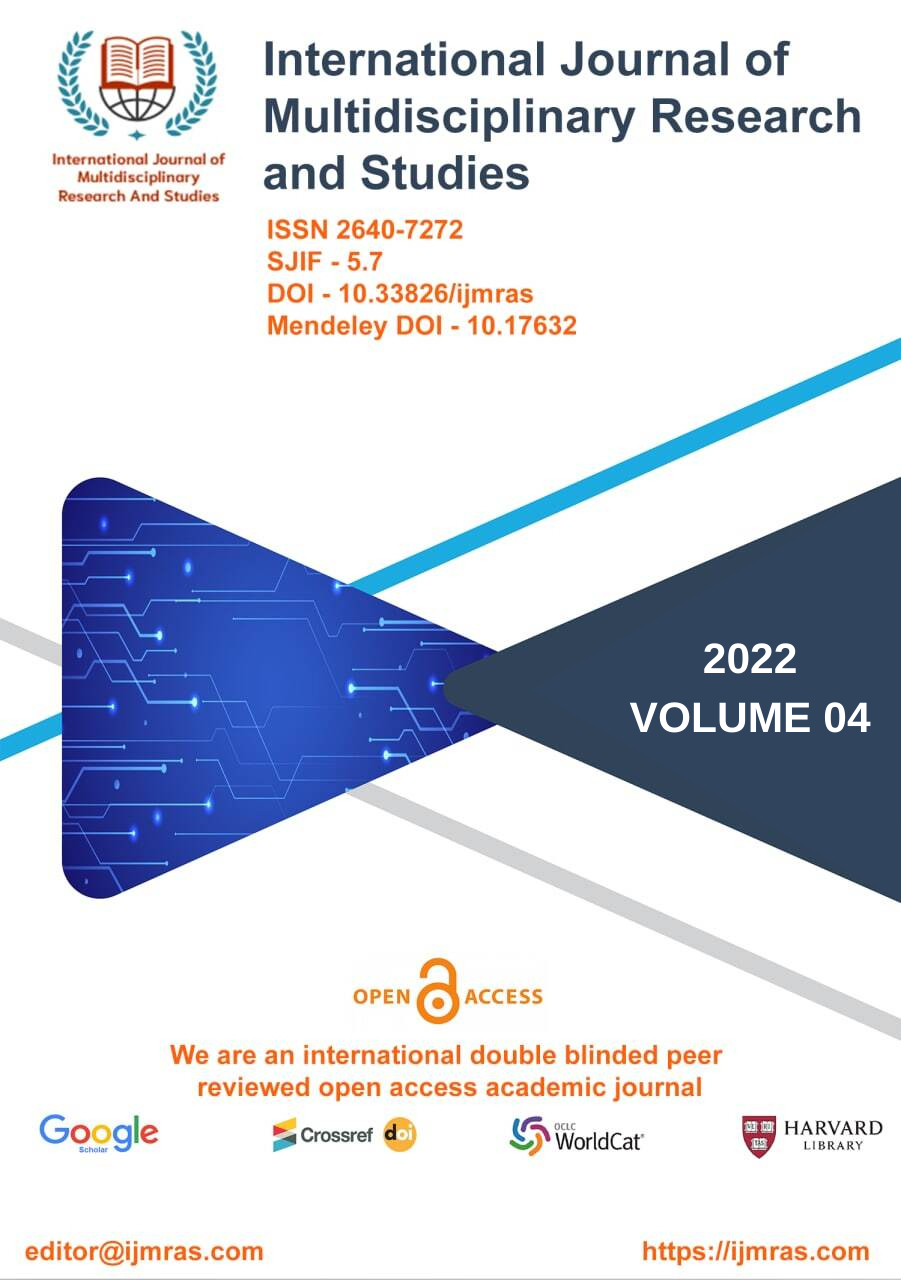ECONOMIC AND SOCIAL IMPACT OF INFLUENZA MITIGATION STRATEGIES BY DEMOGRAPHIC CLASS
Abstract
We aim to work out the economic and social impact of typical interventions proposed by the general public health officials and preventive behavioral changes adopted by the private citizens within the event of a “flu-like” epidemic.
Method
We apply an individual-based simulation model to the New River Valley area of Virginia for addressing this critical problem. The economic costs include not only the loss in productivity thanks to sickness but also the indirect cost incurred through disease avoidance and caring for dependents.
Results
The results show that the foremost important factor to blame for preventing income loss is that the modification of individual behavior; it drops the entire income loss by 62% compared to the bottom case. the subsequent most vital factor is that the closure of faculties, which reduces the full income loss by another 40%.
Conclusions
The preventive behavior of the private citizens is that the most vital consider controlling the epidemic.
Keywords
Computational epidemiology; Demographics; Intervention strategies; Antiviral distribution.How to Cite
License
Individual articles are published Open Access under the Creative Commons Licence: CC-BY 4.0.




